Top 15 Features to Look for in a Robot Vacuum
Executive Summary
When considering features to look for in a robot vacuum, prioritize efficiency and effectiveness. This executive summary highlights the top 15 features essential for optimizing your cleaning routine. Advanced navigation capabilities, powerful suction, and long battery life are paramount to ensure thorough cleaning across various floor types. Additionally, seek customizable cleaning schedules, intelligent mapping technology, and smart home system compatibility for seamless integration into your lifestyle. Models with anti-drop and anti-collision sensors for enhanced safety and protection of your furniture and the vacuum itself.
Moreover, consider features such as multi-surface brushes, large dustbins, and HEPA filtration for comprehensive cleaning and improved air quality. Virtual barriers and zone cleaning capabilities allow you to designate specific areas for focused attention. By evaluating these features, consumers can make informed decisions to select a robot vacuum that aligns with their cleaning needs, ensuring convenience, reliability, and exceptional performance in maintaining a clean and healthy home environment.
features to look for in a robot vacuum
1. Suction Power
Suction power is essential when shopping for a robot vacuum because it determines the vacuum’s ability to pick up dirt, debris, and pet hair from your floors. A vacuum with higher suction power will be able to clean more effectively than one with lower suction power.
The units of the suction power of a robot vacuum are in airflows, such as cubic feet per minute (CFM) or air watts (AW). It’s important to note that these units are not directly comparable, so compare the suction power of different models using the same unit of measurement.
2. Battery Life
Battery life is an important feature to consider when shopping for a robot vacuum because it determines how long the vacuum can run before needing to be recharged. A vacuum with a longer battery life will be able to clean more areas before needing to be recharged than one with a shorter battery life.
Navigation Capabilities
Navigation capabilities are essential when shopping for a robot vacuum because they determine how effectively it can move around your home and clean all areas. A vacuum with advanced navigation capabilities will be able to cover more area and avoid obstacles more effectively than one with less advanced navigation.
There are a few different types of navigation systems available in robot vacuums:
3. Random navigation
This navigation system moves the vacuum randomly, cleaning the area. This method is the most basic and can be less efficient than other methods.
4. Bumper navigation:
This navigation system uses sensors on the vacuum’s bumper to detect obstacles and adjust the vacuum’s path accordingly. This method is more effective than random navigation but still needs to catch some areas.
5. Camera-based navigation:
This navigation system uses cameras to map the area. The vacuum then uses this map to navigate the site more efficiently and cover more area. This method is the most advanced and influential of all.
6. Obstacle Detection:
Most robot vacuums come with sensors that help the vacuum to detect and avoid obstacles such as furniture, stairs, and other objects, this can be infrared, ultrasonic, or LIDAR sensors.
Handling Different Types of Flooring
Different flooring surfaces can affect the performance of a robot vacuum in various ways. For example, hardwood floors may require less suction power but more precise navigation, while carpets may require more suction power but less accurate navigation.
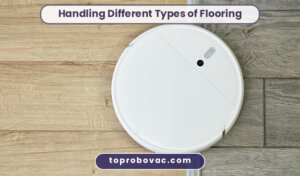
Features to look for in a robot vacuum that can handle multiple types of flooring include:
7. Adjustable suction
A robot vacuum allows you to adjust the suction power based on the flooring surface. It can help to preserve battery life and avoid damage to delicate surfaces.
8. Brushrolls
Some robot vacuums come with multiple brush rolls, such as a soft brush roll for hardwood floors and a stiff brush roll for carpets. It allows the vacuum to clean both types of surfaces effectively.
9. Sensors
Some robot vacuums come with sensors that detect the type of flooring surface and adjust the suction power and brush roll accordingly.
10. Multi-Surface Cleaning modes
Some robot vacuums come with multiple cleaning modes. You can adjust to different types of flooring, such as “Carpet mode” or “Hard floor mode.”
Smart Features
Intelligent features, such as an app or voice control, can enhance the usability of a robot vacuum by allowing you to control and monitor the vacuum remotely. These features can also provide additional functionality and convenience.
Some popular intelligent features available on modern robot vacuums include:
11. App control
Many robot vacuums can be controlled and monitored through a smartphone app. It allows you to start, stop, or schedule cleaning, check the battery level, receive notifications, and even control the vacuum using your voice.
12. Voice control
Many robot vacuums are compatible with popular voice assistants like Amazon Alexa, Google Assistant, and Apple HomeKit, which allows you to control the vacuum with your voice commands.
13. Scheduling
Some robot vacuums have scheduling features that allow you to set the vacuum to clean at specific times or days of the week.
14. Remote control
Some robot vacuums come with remote control, which allows you to control the vacuum’s movement and cleaning path; this is particularly useful for spot cleaning or hard-to-reach areas.
15. Camera and mapping
Some robot vacuums come with cameras that can create a map of your home and allow you to see clean areas.
Conclusion
In summary, when shopping for a robot vacuum, it’s essential to look for the top features in a robot vacuum, such as suction power, battery life, navigation capabilities, and the ability to handle different types of flooring. Additionally, intelligent features such as an app or voice control can enhance the usability of a robot vacuum.
It’s also important to consider your specific cleaning needs and preferences when evaluating available options. A vacuum with advanced navigation and camera-based mapping may be more suitable if you have a large home with multiple levels.
Frequently Asked Questions
Q. What should I look for in a robot vacuum’s suction power?
A robot vacuum’s suction power unit is “pascals” (Pa), and the higher the number, the more effective the suction. Look for a vacuum with at least 1000 Pa for adequate cleaning capabilities.
Q. Are robot vacuums with mapping capabilities better?
Yes, robot vacuums with mapping capabilities use sensors to create a map of your home and plan the most efficient cleaning route. It can save you time and ensure the vacuum doesn’t miss any spots.
Q. Are robot vacuums with HEPA filters better for allergy sufferers?
Yes, HEPA filters can effectively remove small particles such as dust, pet dander, and pollen, making them a good option for people with allergies.
Q. Do robot vacuums with app control offer any benefits?
Yes, app control allows you to schedule cleanings, start or stop the vacuum remotely, and check the vacuum’s status from your smartphone.
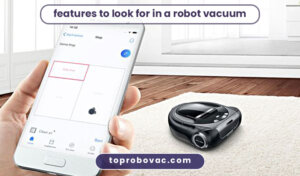

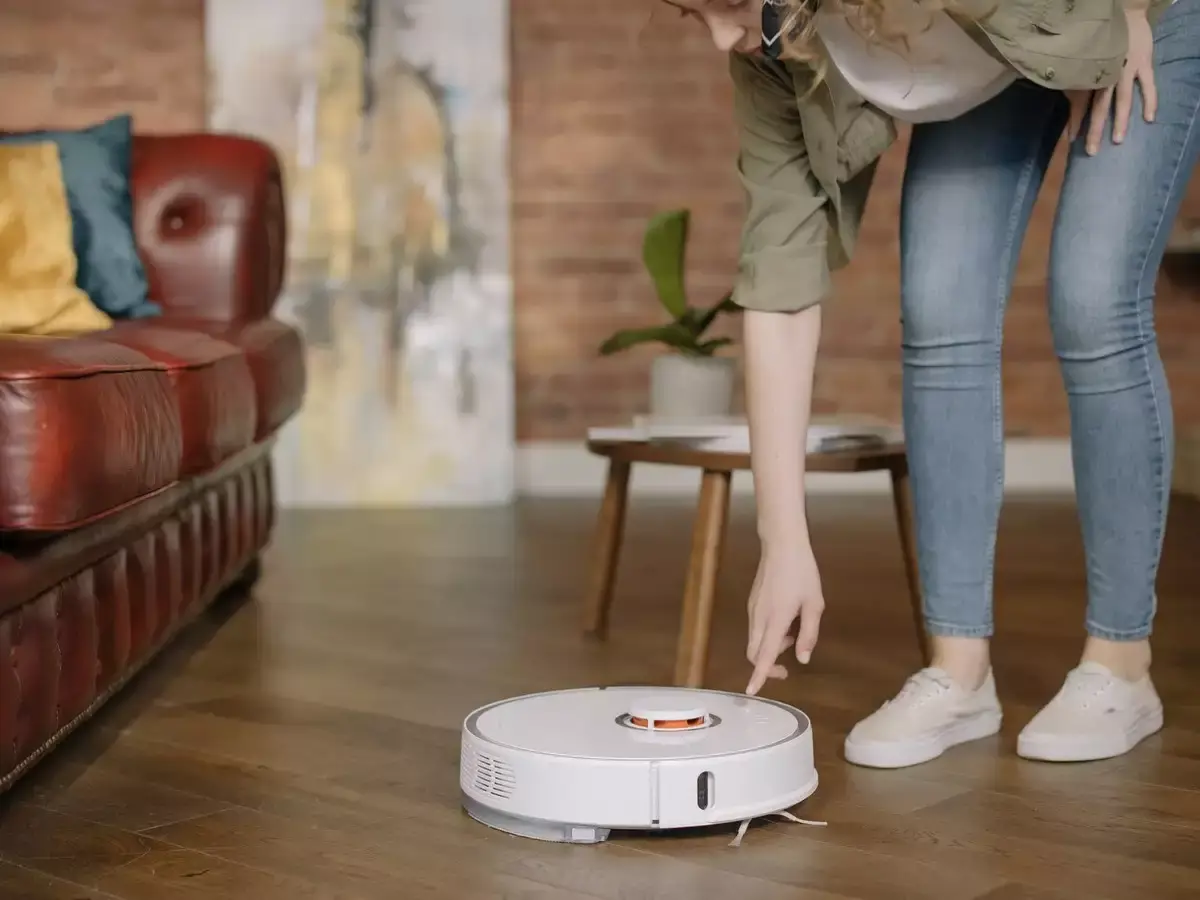

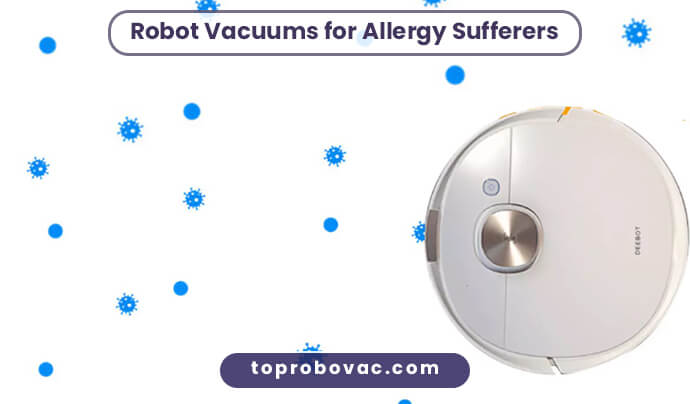
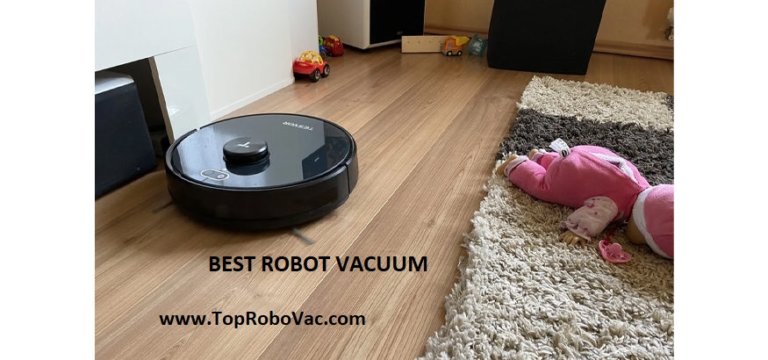
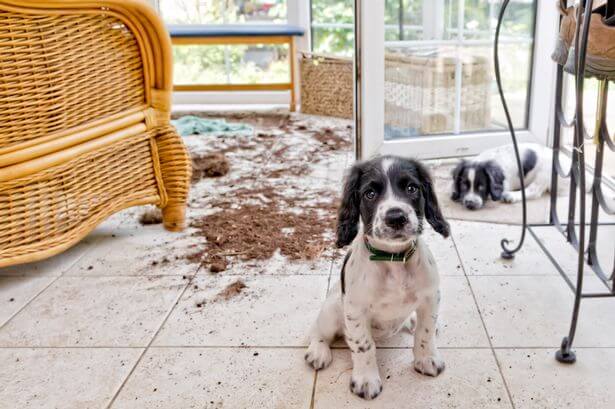
Im excited to discover this great site. I need to to thank you for ones time for this particularly fantastic read!! I definitely enjoyed every part of it and I have you book-marked to see new things in your website.
You ought to take part in a contest for one of the best websites on the web. I will highly recommend this blog!
Thank you for your insightful conclusion! Indeed, the Samsung robot vacuum’s advanced features and strong performance make it a compelling choice. Its sophisticated navigation system ensures thorough cleaning, offering both convenience and efficiency.